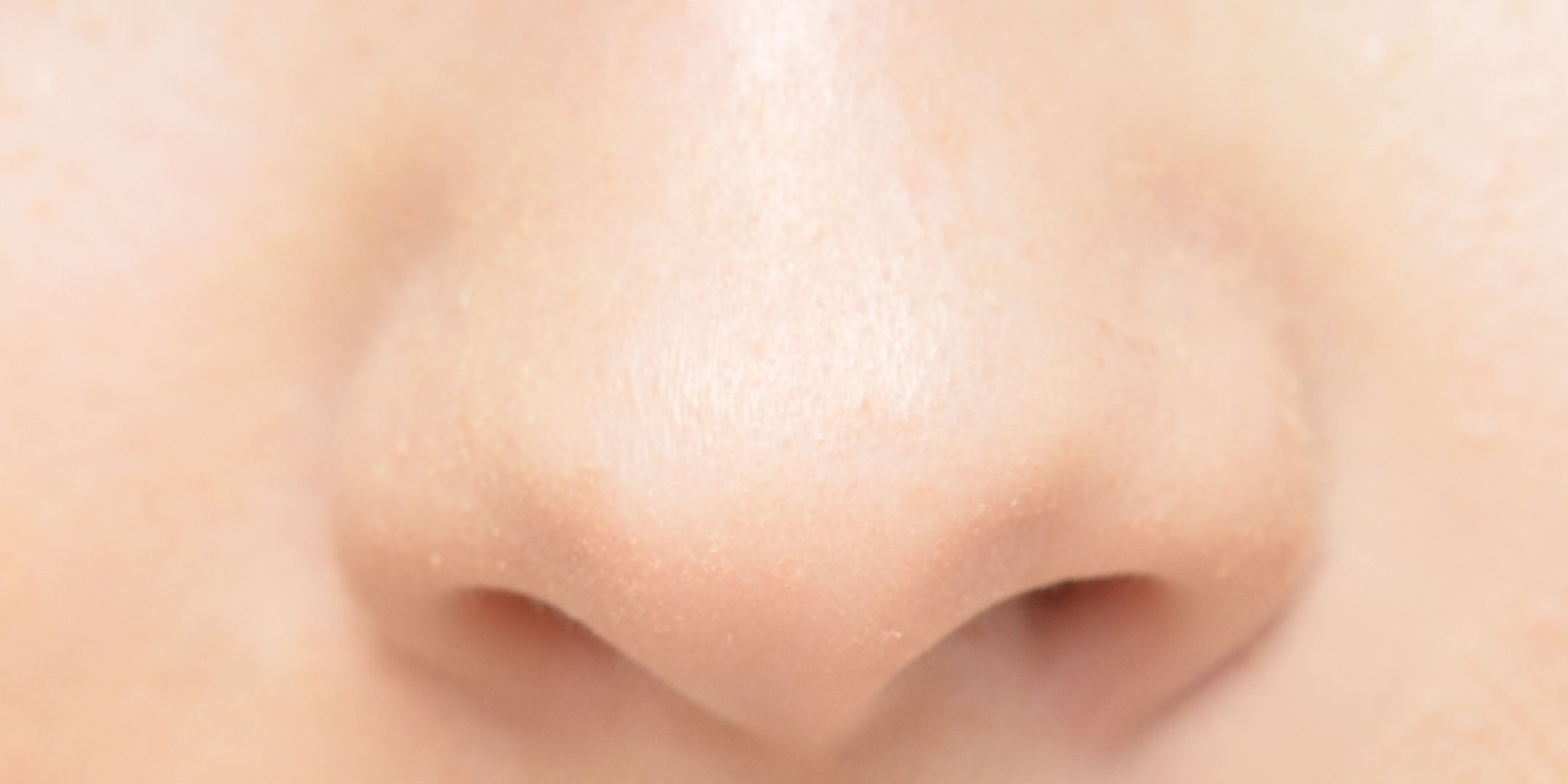Are you a beauty freak? Are you contemplating nose correction surgery?
Do the commonalities or differences among various nose types interest you? Then, the civilizational links to nose shapes could also trigger your curiosity.
People of various ethnicities, like European, Oriental, African, South American, Asian, etc., have striking similarities in their respective facial features. Speaking of facial features, nose shapes play a vital role in helping to identify a person’s civilizational hierarchy.
Commonly, nose shapes are classified based on how they appear, viz., long, short, flat, sharp, etc. However, scholars who have compared the features of a Greek nose versus Roman nose, agree on distinct ethnic and cultural links.
Roman Nose Vs Greek Nose – Civilizational Link
Every civilization bequeaths testimonies of their achievements to future generations. These symbolic legacies serve as a cultural representation of the people of those times. These are included in their works of fine arts, paintings, literature, sculptures, places of worship, architectural marvels, etc.
The currently established civilizational links are based on these artworks and sculptures from those periods and the later periods.
Titanic statues of emperors and queens of Roman and Greek regimes are still top-notch tourist attractions. These monumental examples make us believe that those facial features were common in those civilizations.
Therefore, one can comprehend how the Roman nose shapes and Greek nose shapes got their labels and how they are tagged with their civilizations.
What Does A Roman Nose Look Like?
A roman nose is a unique nose type with a high and prominent bridge that looks like the nose is curved or bent slightly.
It has a ridge that is obvious and high-raised but ends in a slightly hooked shape. The bridge of the nose prominently sticks out from the face. It has a curvature that slopes downward.
It is also known as the aquiline nose. (Aquilinus in Latin means “eagle-like”) It is also called a “hook nose” because of its hook-like appearance.
In addition to Italians, people of South Asian origin and even some male native American tribal members, sport these shapes. Females having roman nose shapes are endowed with a straight button nose that appears small and cute.
It is perceived that people with Roman nose shapes are a symbol of grace, power, elegance, nobility, etc.
Among celebrities, the nose shapes of actors Ryan Gosling and Tom Cruise are attributed to a Roman nose type.
What Does A Greek Nose Look Like?
The Greek nose shape is one of the widely popular types among all nose types. Called “straight nose” or “Mediterranean nose,” a face with a Greek nose shape is considered aesthetically appealing.
Devoid of bumps or curves, a straight Greek nose is geometrically considered a perfect shape. The ridge starts between the forehead and ends at the tip of the nose with slightly narrow nostrils. A Greek nose looks more like an “inverted number 7.”
Both male and female Greek nose shapes are among the few preferred choices among “nose job” enthusiasts.
The female version of a Greek male nose is proportionately smaller. Several beauty-conscious females who wish to alter their nose shapes, surgically or through minimally invasive procedures, prefer to have Greek female nose shapes. Its thin profile also makes it appear aesthetically beautiful.
Hollywood celebrities like Monica Bellucci, Demi Moore, and Angelina Jolie are a few examples considered to have a female Greek nose.
A popular example among males of a Greek nose shape is the late American singer, Elvis Presley.
Is It Art That Differentiates Greek And Roman Nose?
Both Roman and Greek nose shapes have a prominent ridge. However, an analysis of the Greek nose vs Roman nose yields one striking aspect.
While geometrically the Greek-shaped nose is more of an unflawed straight line, the Roman nose has a significant obtrusive curvature. Numerous artworks depict these civilizations to give us a picture of how those men and women looked like.
An accepted artwork example of a female Greek nose is the famous Mona Lisa painting by Leonardo da Vinci.
However, the testimonials for these beliefs gaining ground are not restricted to artwork alone.
Even sculptures in ancient Rome and ancient Egypt, carvings from Italy, etc., are examples of these nose shapes.
In the Hellenistic Greek sculpture of the Greek goddess Aphrodite, the famous Aphrodite of Melos is portrayed with what is now called a “straight nose” or Hellenic nose.
In Roman sculptures:
- The bust of General Scipio Africanus, is a testament to a typical Roman nose.
- Another example of a hooked Roman nose is that of the Roman politician, Marcus Licinius Crassus.
- Vatican museum still houses a sculpture of King Julius Caesar with a hooked Roman nose.
Discussions on classical sculptures, hold the Greek profile nose in high esteem. For instance, G. W. Friedrich Hegel considered the father of art history, speaks highly of Greek facial beauty with a special mention of the unique and flawless connection between the nose and forehead completely.
In the modern era, in other forms of medium, there are a few references:
- The famous 1986 song, “Bigmouth Strikes Again” by The Smiths
- The chartbuster 2012 song, “Hey! Roman Nose” by White Fence, from the album, Family Perfume, is another example.
Even nowadays, theatre works of Greek and Roman mythologies in Egypt, Italy, Greece, etc., are performed only by chosen artists who have these classical facial features and nose shapes.
Major Differences Between Greek And Roman Nose
As discussed above, in a Roman nose, the tip is slightly curved, whereas in a Grecian nose, there is no curvature and the nose tip is almost perfect.
Some studies state that the inherent characteristic of Greek noses is that there is no concavity or a “depression.” The region where the nose connects with the forehead is seamless of sorts.
Scholars believe that a Greek nose type is more of an idealistic form of a nose that is translated into their sculptures. On the other hand, Romans are believed to be realistic about human beauty and practical in their artistic depictions.
Imperfections in nose contours and facial flaws were not obscured by them in their cultural representations and have been displayed honestly.
Analyzing Roman vs Greek nose shapes, researchers admit that both of them aesthetically stand out in their protrusion of the external pyramid from the facial plane.
Summary
Among the studies on different nose shapes, one from an Israeli professor, Abraham Tamir, serves as a reference. Prof. Tamir’s work even discusses and compares the Greek nose vs the Roman nose.
However, some scholars believe that attempting to classify nose shapes as 14 types is a mere observational assessment as there are more than 7 billion people in the world.
According to researchers, to believe that these nose shapes were predominantly prevalent among those citizens in their respective eras is incorrect.
Using bonded laborers was a practice in both the Roman and Greek empires. These enslaved workers were from different countries across the world. Hence, the facial features of people in ancient Greece or Rome should have been diverse.
So, it is a misconception to conclude that the so-called “Roman or Greek nose” was standard among all native Roman and Greek citizens.
The link between nose shapes and civilization has no medical validation or anthropological credence. However, surgeons specializing in rhinoplasty surgery state that still among the people who wish to undergo nose plastic surgeries for aesthetic modifications, a large population, meets them with photographs of Roman and Greek nose shapes.









